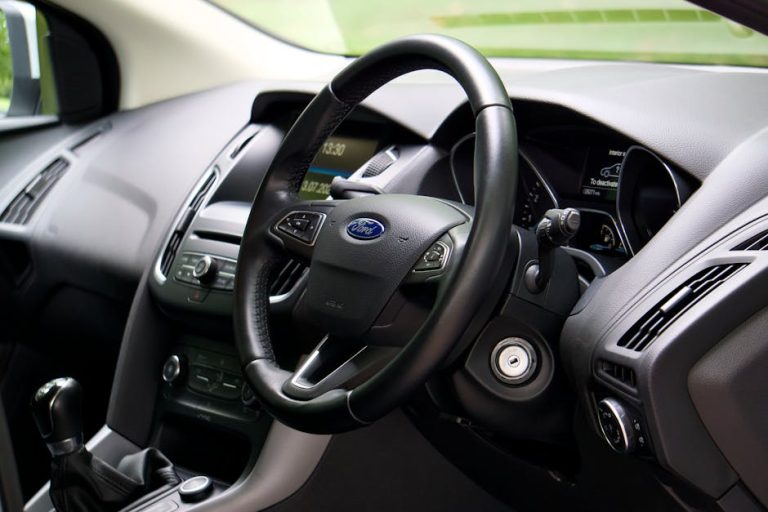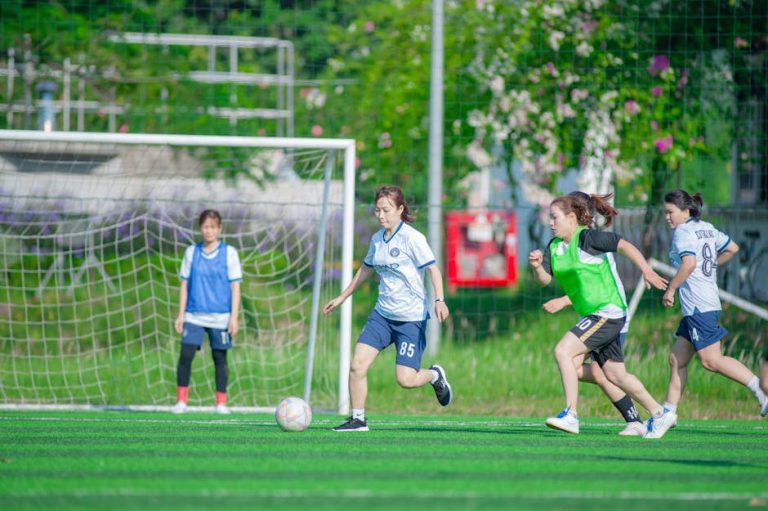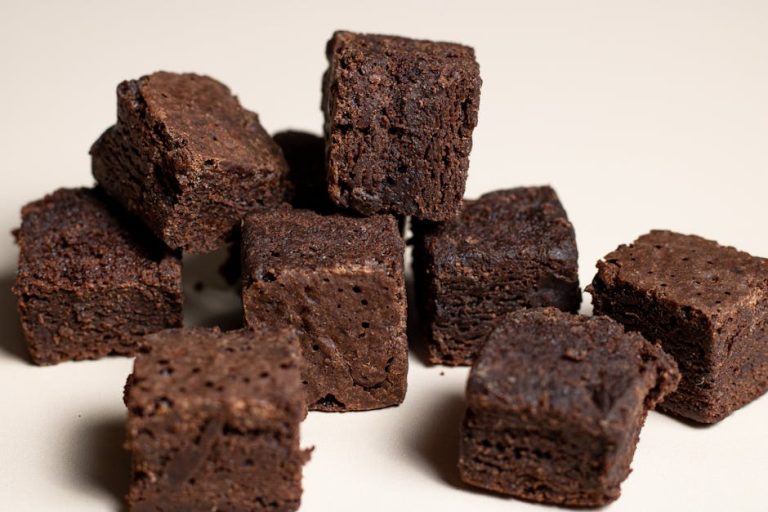The fashion landscape is in constant flux, perpetually evolving with each passing season. By 2025, the concept of clothing will have transcended mere functionality, morphing into an expression of identity, sustainability, and technological integration. One niche area experiencing significant transformation is “trusses clothing,” a term encompassing garments designed with structural support and innovative construction techniques. This article delves into the emerging trends, best practices, and potential future of trusses clothing in 2025. This is not just about fabrics and stitches, but about the architecture of apparel.
The Evolution of Trusses Clothing: From Functionality to High Fashion
Trusses clothing, traditionally associated with supportive undergarments like corsets and bustiers, is undergoing a radical reimagining. No longer relegated to the realm of shapewear, structural support is becoming a visible and integral design element in mainstream fashion. This shift is driven by several factors including a growing emphasis on body positivity, advancements in material science, and a desire for garments that are both aesthetically pleasing and exceptionally comfortable.
Early examples of trusses clothing were often restrictive and uncomfortable. However, innovations in materials and construction techniques have paved the way for more comfortable and adaptable designs. Lighter, more breathable fabrics, combined with flexible boning and strategic paneling, allow for garments that provide support without sacrificing freedom of movement.
Furthermore, designers are exploring the aesthetic potential of visible truss structures. Exaggerated seams, exposed boning, and intricate latticework are being incorporated into outerwear, dresses, and even sportswear, creating visually striking and architecturally inspired silhouettes.
Key Trends Shaping Trusses Clothing in 2025
Several key trends are shaping the future of trusses clothing. These trends reflect a broader shift towards sustainability, inclusivity, and technological integration within the fashion industry.
- Sustainable Materials: The use of eco-friendly materials is paramount. Designers are increasingly turning to recycled fabrics, plant-based alternatives, and innovative bio-based materials to create trusses clothing that minimizes environmental impact.
- Adaptive Support Systems: Garments are designed to adapt to individual body shapes and sizes. Adjustable straps, customizable boning, and modular construction allow for a personalized fit and optimal support.
- Technological Integration: Smart fabrics and embedded sensors are being integrated into trusses clothing to provide real-time feedback on posture, muscle activity, and overall comfort.
- Gender-Neutral Designs: Trusses clothing is becoming increasingly gender-neutral, with designs that cater to a wider range of body types and personal styles.
- Visible Architecture: The structural elements of trusses clothing are being celebrated as design features. Exposed boning, intricate seaming, and geometric paneling are used to create visually striking and architectural silhouettes.
These trends point towards a future where clothing is not only functional and stylish but also sustainable, inclusive, and technologically advanced. Trusses clothing is at the forefront of this evolution, pushing the boundaries of what is possible in garment design.
Materials Revolutionizing Trusses Clothing
The materials used in trusses clothing are undergoing a significant transformation, driven by a desire for greater comfort, sustainability, and performance.
- Recycled Fabrics: Recycled polyester, nylon, and cotton are being used to create garments that minimize waste and reduce reliance on virgin materials.
- Plant-Based Alternatives: Innovative fabrics made from bamboo, hemp, and other plant-based fibers are offering sustainable and comfortable alternatives to traditional materials.
- Bio-Based Materials: Researchers are developing bio-based polymers and coatings that can be used to create high-performance fabrics with enhanced durability, breathability, and moisture-wicking properties.
- Smart Fabrics: Fabrics embedded with sensors and conductive yarns are being used to monitor body temperature, muscle activity, and other physiological parameters.
- 3D-Printed Textiles: 3D printing technology is allowing for the creation of complex and customized truss structures with precise control over shape, density, and flexibility.
These material innovations are not only enhancing the performance and sustainability of trusses clothing but also opening up new possibilities for design and functionality. The future of trusses clothing will be defined by the intelligent use of these advanced materials.
Designing for Comfort and Support: Best Practices for 2025
Designing comfortable and supportive trusses clothing requires a deep understanding of anatomy, biomechanics, and material science. Several best practices are emerging in 2025:
- Prioritize Ergonomic Design: Garments should be designed to support the body’s natural curves and movements, minimizing pressure points and maximizing freedom of motion.
- Utilize Adaptive Support Systems: Adjustable straps, customizable boning, and modular construction allow for a personalized fit and optimal support.
- Incorporate Breathable Fabrics: Breathable fabrics, such as moisture-wicking synthetics and open-weave natural fibers, help to regulate body temperature and prevent overheating.
- Minimize Seams and Hardware: Seamless construction and strategically placed hardware can reduce friction and irritation.
- Conduct Thorough Testing: Prototypes should be rigorously tested for comfort, support, and durability before being released to the market.
By adhering to these best practices, designers can create trusses clothing that is both comfortable and supportive, empowering individuals to feel confident and comfortable in their own skin.
Furthermore, understanding the target demographic is crucial. Are you designing for athletes, everyday wear, or specific medical needs? Tailoring the design to the intended use will significantly impact material choices and construction techniques. It’s also vital to consider cultural sensitivities and body positivity, ensuring the clothing is inclusive and empowering for all body types.
The Role of Technology in Shaping the Future of Trusses Clothing
Technology is playing an increasingly important role in the development of trusses clothing. From smart fabrics to 3D printing, technology is enabling designers to create garments that are more functional, comfortable, and sustainable.
- Smart Fabrics: Fabrics embedded with sensors and conductive yarns can monitor body temperature, muscle activity, and other physiological parameters, providing real-time feedback to the wearer.
- 3D Printing: 3D printing technology allows for the creation of complex and customized truss structures with precise control over shape, density, and flexibility. This technology can be used to create personalized garments that are perfectly tailored to the wearer’s body.
- Virtual Reality (VR) and Augmented Reality (AR): VR and AR technologies are being used to design and prototype trusses clothing in a virtual environment, reducing the need for physical samples and minimizing waste.
- Artificial Intelligence (AI): AI algorithms can analyze data from body scans and movement patterns to optimize garment design and ensure a perfect fit.
AI can also contribute to supply chain management. Predicting demand for specific sizes and styles allows for optimized production, minimizing waste and ensuring products are available where and when they are needed. This creates a more efficient and responsive system. To find about more about AI and mobile app development, check mobileappcatalyst1.
These technologies are not only transforming the way trusses clothing is designed and manufactured but also enhancing its functionality and user experience. The future of trusses clothing will be inextricably linked to technological innovation.
Real-World Examples of Innovative Trusses Clothing
Several companies and designers are already pushing the boundaries of trusses clothing, showcasing the potential of this innovative field.
- Athletic Apparel: Companies are developing compression garments with strategically placed support panels to enhance athletic performance and reduce the risk of injury.
- Postural Support Clothing: Garments designed to improve posture and alleviate back pain are incorporating advanced truss structures and smart fabrics.
- Adaptive Clothing for People with Disabilities: Trusses clothing is being adapted to meet the needs of individuals with disabilities, providing support, comfort, and ease of use.
- High-Fashion Designs: Designers are incorporating visible truss structures and architectural silhouettes into their collections, creating visually stunning and avant-garde pieces.
These examples demonstrate the versatility and potential of trusses clothing, highlighting its ability to address a wide range of needs and aesthetic preferences. For instance, consider the application of exoskeletal support in garments designed for workers in physically demanding professions. These could reduce strain and improve posture over long periods, benefiting health and productivity. It’s a fusion of medical science and fashion design.
How to Incorporate Trusses Clothing into Your Wardrobe in 2025
Incorporating trusses clothing into your wardrobe in 2025 can be a fun and empowering experience. Here are some tips to get started:
- Start with the Basics: Begin with supportive undergarments, such as bras and shapewear, that provide a comfortable and flattering foundation.
- Experiment with Visible Structures: Explore garments with exposed boning, intricate seaming, and geometric paneling to add visual interest to your outfits.
- Choose Sustainable Materials: Opt for garments made from recycled fabrics, plant-based alternatives, or bio-based materials to minimize your environmental impact.
- Personalize Your Fit: Look for garments with adjustable straps, customizable boning, and modular construction to ensure a perfect fit.
- Embrace Body Positivity: Choose garments that make you feel confident and comfortable in your own skin, regardless of your body shape or size.
By following these tips, you can seamlessly integrate trusses clothing into your wardrobe and enjoy the benefits of enhanced support, comfort, and style. Remember that fit is paramount. It’s always wise to seek professional advice from a tailor or stylist to ensure the garment complements your body type and personal style.
The Future of Trusses Clothing: A Vision for 2025 and Beyond
The future of trusses clothing is bright, with endless possibilities for innovation and growth. As technology continues to advance and consumer preferences evolve, we can expect to see even more sophisticated and versatile garments that seamlessly blend functionality, aesthetics, and sustainability.
In the coming years, we may see the development of self-adjusting garments that automatically adapt to changes in body shape and size, as well as personalized clothing that is custom-designed and 3D-printed to fit the wearer perfectly. We may also see the integration of advanced sensors and artificial intelligence into trusses clothing, enabling garments to provide real-time feedback on posture, muscle activity, and overall health.
Ultimately, the goal of trusses clothing is to empower individuals to feel confident, comfortable, and supported in their own skin, regardless of their body shape, size, or abilities. As the fashion industry continues to embrace inclusivity and sustainability, trusses clothing will play an increasingly important role in shaping the future of apparel.
The potential for customized support garments offering both aesthetic appeal and therapeutic benefit is immense. Consider the application of this technology in post-operative care, where strategically designed trusses clothing could aid in healing and mobility. The key is seamless integration of technology and fashion, so the garments are both effective and desirable.
More information can be found about design from reliable source like New York Times
Also, more information can be found about material for clothing from reliable source like BBC News
FAQ About Trusses Clothing in 2025
What exactly *is* trusses clothing, and how is it different from shapewear?
Trusses clothing goes beyond traditional shapewear. While shapewear primarily focuses on compression and silhouette alteration, trusses clothing incorporates structural elements and innovative construction techniques to provide support and enhance the garment’s form. It’s about visible and functional architecture, not just slimming.
Is trusses clothing comfortable to wear on a daily basis?
Yes! Advances in materials like breathable recycled fabrics and adaptive support systems (adjustable straps, customizable boning) mean trusses clothing is designed for comfort and all-day wear. Look for designs that prioritize ergonomic fit and minimize seams and hardware.
How can I find trusses clothing that is sustainable and eco-friendly?
Seek out brands that utilize recycled materials (polyester, nylon), plant-based alternatives (bamboo, hemp), and bio-based polymers. Look for certifications that verify the sustainability of the materials and manufacturing processes. Many brands transparently share their environmental impact data.
Will trusses clothing with embedded technology be expensive?
Initially, garments with advanced sensors and AI integration will likely be at a premium price point. However, as technology becomes more accessible and production scales up, the cost is expected to decrease over time, making it more widely available.
Are there trusses clothing options for different body types and genders?
Absolutely! The trend is towards inclusivity and gender-neutral designs. Look for brands that offer a wide range of sizes and styles to cater to diverse body types. Adaptive support systems allow for a customized fit regardless of gender identity or body shape.
In conclusion, trusses clothing is poised to revolutionize the fashion industry. By embracing sustainable materials, adaptive support systems, and technological innovation, designers can create garments that are not only stylish and functional but also empowering and environmentally responsible. The future of apparel is structural, supportive, and sustainable, and trusses clothing is leading the way.













